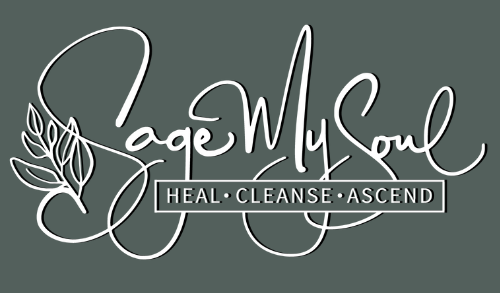As you hear more and more about the impact your eating has on your health and longevity, you may be considering a raw-food diet. While this lifestyle could be quite different from your usual fare, you might find that you thrive on eating mostly raw foods.
What exactly is a raw food diet? In general, it means eating only things that are in a completely natural state. This means foods that have not been processed or cooked. For some folks, this can even include raw meat, though many raw-food advocates do not eat meat, other than perhaps a little sushi.
These tips will help you make the conversion:
1. List acceptable foods that appeal to you.
There are numerous books and websites available with lists of foods that conform to the principles of the diet. You’re likely to find a lot of foods you’ve never considered. Make a long list so you can provide yourself with a wide variety of foods and flavors!
2. Go shopping.
Budgeting accurately may be challenging at first. While much of the food you’re likely to buy won’t be expensive, there will be a lot of it. Most raw foods don’t offer a lot of calories; you’ll be surprised how much you might need to eat.
Avoid over-shopping, though; many of the foods won’t last as long as many processed foods.
3. Start slowly.
4. Throw out your processed foods.
If you’re not used to eating a lot of fruit, getting carried away might cause more than a little gastric upset. Introduce the raw foods slowly. Substitute a raw food item at each meal for something you didn’t typically eat raw. Continue adding foods over the course of a week or two, until you’re 100% raw.
One way to be almost certain to fall off the wagon is to have other food readily available. We all have moments of weakness, so prepare for yours. Friends, family, and food banks will likely take what you no longer want to eat.
If you have others in the house who won’t be eating raw, at least try to get rid of the items you’ll find most tempting.
5. Take a good multivitamin.
Certain nutrients may be unavailable with a raw vegan diet, and Vitamin B-12 is the classic example. Even if you’re not eating vegan and you usually scoff at manufactured supplements, talk to your doctor before you dismiss the idea.
6. Remember to get enough protein.
Protein is another major nutrient you might lack if you’re not careful. Eating balanced meals is just as important as ever.
7. Keep adjusting until your diet is right for you.
8. Give raw foods at least 30 days.
Assess how you feel. Are you losing weight? Are you losing too much weight? Are there other foods you’d like to try? Are there foods you’d like to eliminate?
If you can go 30 days without cheating, you should have an excellent idea of whether or not a raw-food diet is something that you want to continue. Any foods eaten outside of the diet will tend to interfere with an accurate assessment.
If a raw-food lifestyle is something you want to try, give the above steps a shot. Changing dietary habits is frequently a challenge; our bodies and minds get used to certain foods. Expect some challenging times over your first 30 to 60 days.
However, keep in mind that medical data clearly indicates that our dietary choices have a huge impact on our health. Maybe a raw-food diet is the answer for you.
